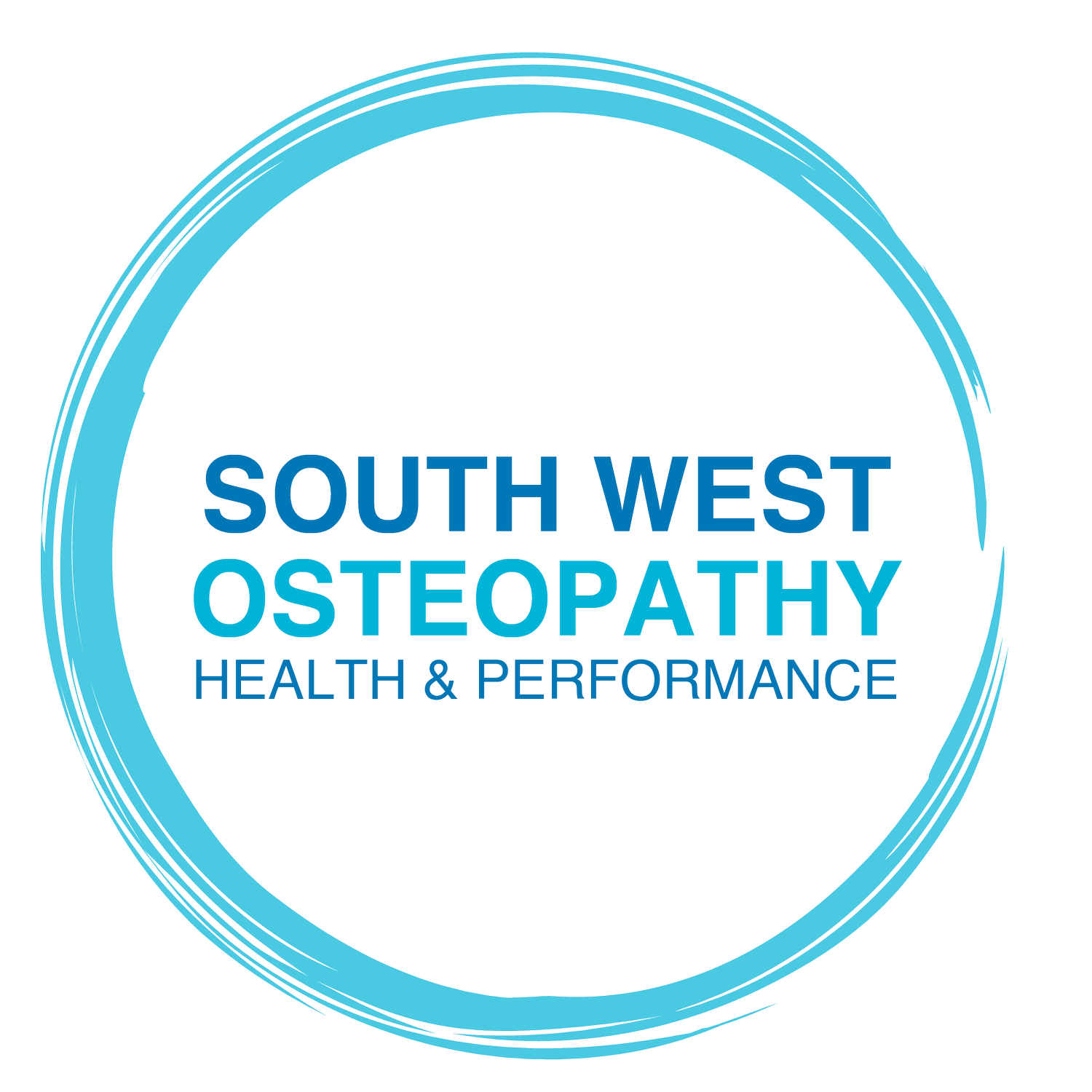Thinking of Returning to Sport After a Lower-Body Injury or Surgery?
Before you jump back in, it’s crucial to ensure your body is ready to handle the demands of your sport. At SWO Health & Performance, we guide you through every phase of your rehab journey — and one of the most important is the Late Stage of Rehabilitation.
What is the Late Stage?
The late stage is the final phase in the rehab process. Early and mid-stages focus on restoring range of motion, strength, and returning to day-to-day activities. The late stage, however, is where we begin reintroducing sport-specific movements, and progressively ramp up the intensity and complexity of training to prepare for full return to sport.
Here's a quick breakdown:
Early Stage: Range of motion & strength work, reintroducing daily movements
Mid Stage: Building more strength, improving function
Late Stage: Sport-specific exercises, increasing speed, agility & power
Every rehab plan will differ depending on your injury, symptoms, sport, and personal goals. But there are three essential categories of exercises we always look at before signing you off for return to play:
1. Landing, Jumping & Plyometrics
These movements are all about rebuilding explosiveness, control, and tissue tolerance.
We typically progress through:
Double-leg Single-leg
Slow Fast
Straight-line Multidirectional (vertical, horizontal, lateral)
For example:
Knee injury? Vertical jumps are a must.
Calf or foot issue? Prioritise horizontal jumps.
Ankle rehab? Hopping is key — quick, light, and powerful.
Research shows single-leg hops place similar loads on the Achilles tendon as sprinting — making them essential prep for high-speed sports post-Achilles injury.
2. High-Speed Running
Running at max effort is non-negotiable for many sports — especially if you've had a hamstring injury. But you don’t start at 100%!
We build this up gradually:
Start at 50% effort
Progress to 80%
Eventually reach 100% sprinting (symptom-free)
This can take weeks or months, depending on your rehab journey.
3. Change of Direction
Sport isn’t just about going in a straight line. Changing direction, accelerating, decelerating, and reacting quickly are all part of the game.
We assess:
Can you move explosively in different directions?
Is your movement sharp, confident, and symmetrical?
Your Return to Sport Isn’t Just Physical
We look at 5 key areas before clearing someone for full return:
Clinical – Pain-free, no swelling or instability
Functional – Strong, mobile, and powerful
Biomechanical – Moving well without compensations
Psychological – Confident in high-speed, high-pressure actions
Sport-Specific – Trained at a level that mirrors your sport’s demands
And even once you’re back on the pitch, court or gym floor — you keep training. Continuing with a structured prevention programme (like FIFA 11+) twice a week helps reduce your risk of re-injury and improves long-term performance.
In Summary:
Before returning to sport after a lower-body injury or surgery, ensure your programme includes:
Landing, Jumping & Plyometrics
High-Speed Linear Running
Change of Direction
This phase is about bridging the gap between rehab and performance — so you return stronger, safer, and more prepared than ever.
If you're working your way back from injury and want guidance through the return-to-sport process, our team at SWO Health & Performance is here to help every step of the way.
DM us or visit www.swoclinic.co.uk to get started.
Oliver Newey
Lead MSK Practitioner
Founder of SWO
